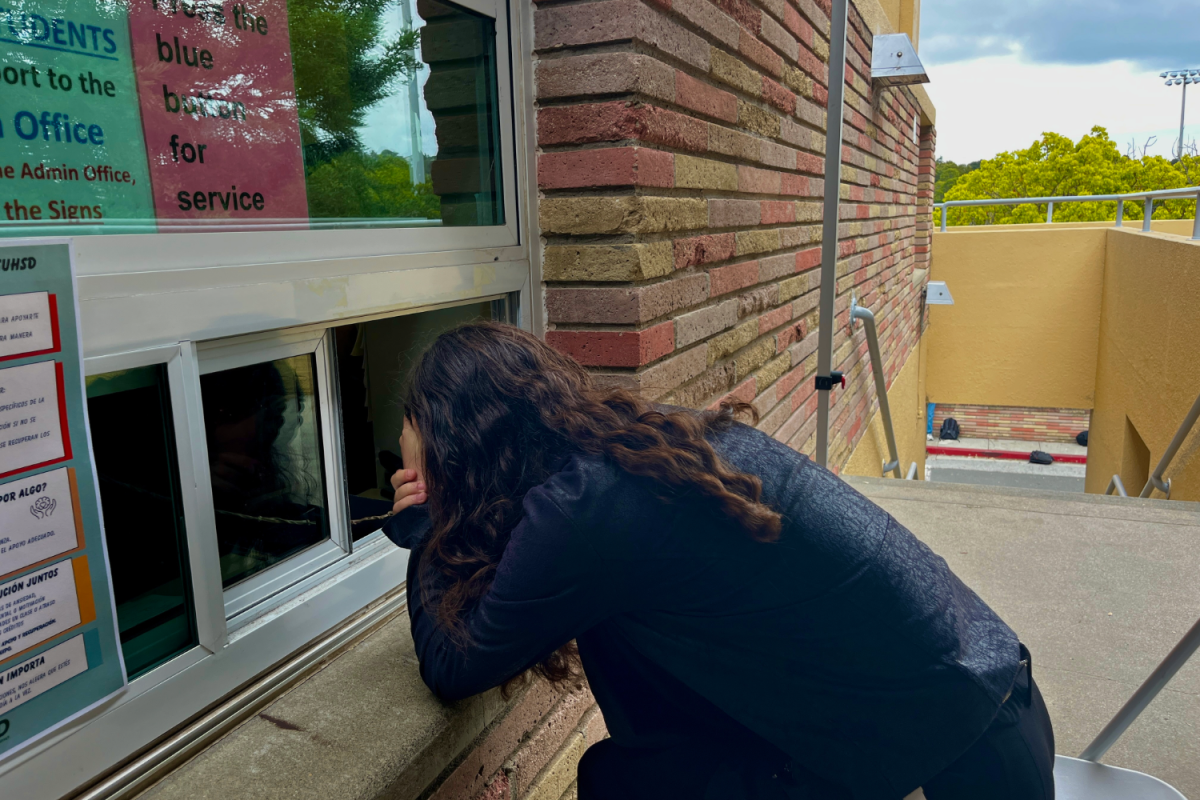Students are constantly having to adapt to changes in their academic journey, and the latest transformation comes in the form of the revamped SAT. With the exam now condensed to a brisk two hours and transitioning to a digital format, there is much to ponder about this updated version.
At first glance, the shorter duration of the SAT is undeniably appealing. The prospect of spending less time in the testing environment alleviates some pressure off of students and allows for a more streamlined experience. The introduction of adaptive introductory modules holds promise for a more personalized testing experience, tailored to individual strengths and weaknesses.
“Making the test adaptive is what allows the test to be shorter because it changes based on how students answer early questions, the test can hone in more efficiently on what students can do. Students who get the easier second section won’t be able to get the highest score of 1600,” College Board’s Senior Vice President of College Readiness Assessments Priscilla Rodriguez said.
This adaptive feature has the potential to optimize the testing environment, providing a more accurate reflection of student abilities. However, as someone who appreciates this time-saving aspect, I can’t help but harbor reservations about the shift to an online platform.
My enthusiasm for the shortened SAT is tempered by concerns about the potential impact of prolonged screen exposure on the eyes of students. Staring at a computer for an extended period of time can lead to eye strain and fatigue, factors that may influence students’ performances during the test. This discomfort adds a layer of complexity to the digital transition, raising questions about how best to mitigate the effects of screen time on the well-being of students.
Furthermore, the transition to a digital platform introduces logistical challenges, particularly for those less familiar with testing on a computer. While the availability of school or College Board-provided computers may remove some concerns, technical issues and navigating using a computer remain potential obstacles to success.
Despite these reservations, there are aspects of the new SAT that warrant acknowledgment and exploration. The extended time per question offers an opportunity for more thoughtful engagement with each problem, fostering a deeper understanding of the material. Additionally, the reading passages, coupled with a single question per passage, promote focused comprehension and critical thinking skills. However, the consolidation of writing and reading scores into a single category raises concerns about the nuanced evaluation of student abilities. By blending these separate skill sets, the SAT runs the risk of disregarding the individual strengths of each student taking the test, potentially jeopardizing the accuracy of the scores and evaluation.
Other students have also shared their reservations about this new and improved SAT. One student shared how this new adaptive SAT might not be the best decision made by the College Board.
“I do not like the fact that it is digital because I prefer paper and pen,” said junior Rhea Shin. “I think it is beneficial that the test is shorter but I do not like the new math portion. It should not be based off of the introductory module because it is more fair everyone should have the same test. ”
On another positive note, the incorporation of calculators and Desmos promises to enhance the math section, providing valuable tools for problem solving. The removal of the no-calculator math portion also reflects a departure from traditional constraints, allowing for a more holistic evaluation of the mathematics portion of the SAT.
Despite these changes, the core principles of the SAT endure, with scores still out of 1600, divided into 800 for both reading and writing, and 800 for math. As we navigate the transition to this digital era of standardized testing, it is essential to approach the SAT with adaptability and resilience. By acknowledging the challenges posed by the digital format while embracing the opportunities for personalized assessment, we can navigate this new landscape with confidence and determination.
This story was originally published on North Star News on March 21, 2024.




































